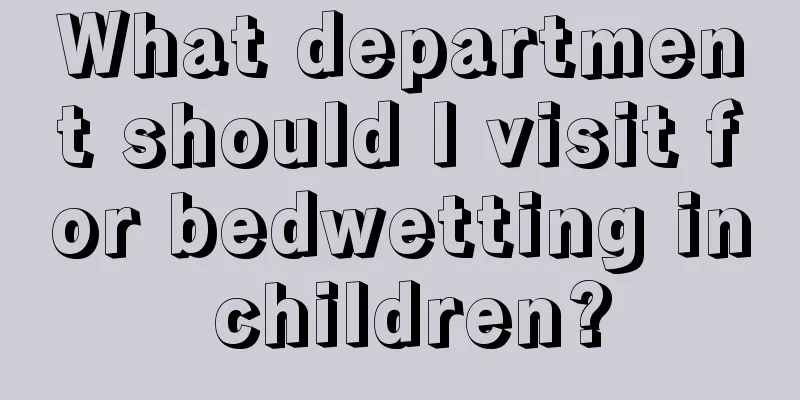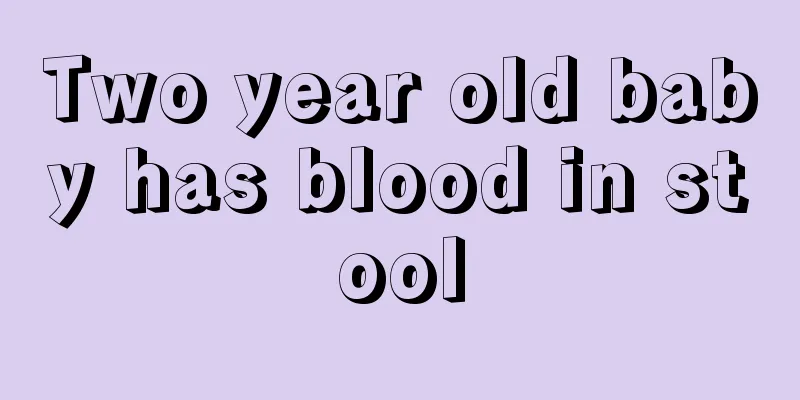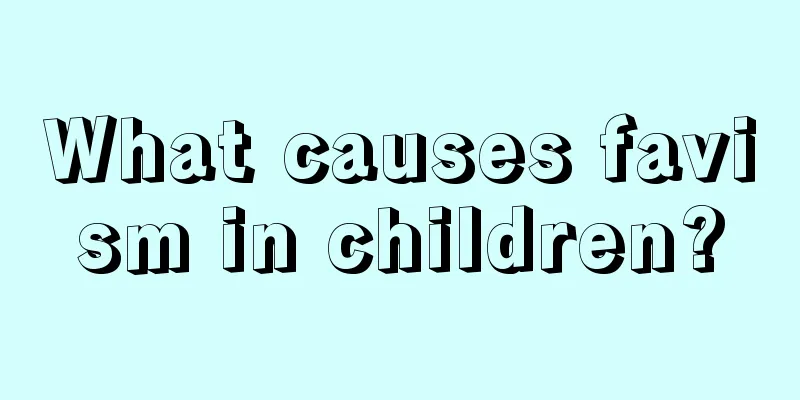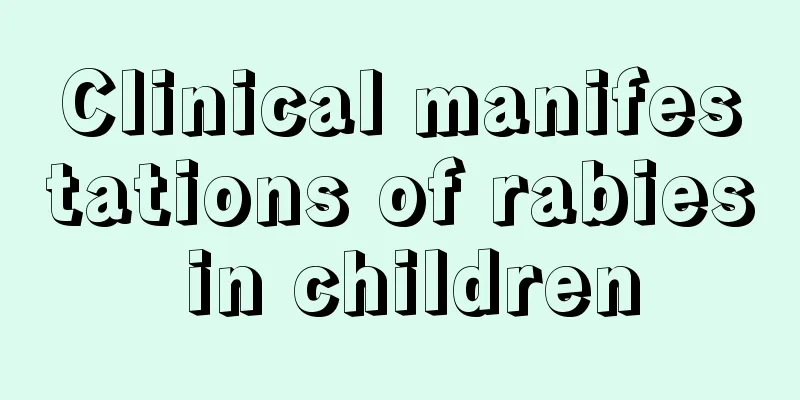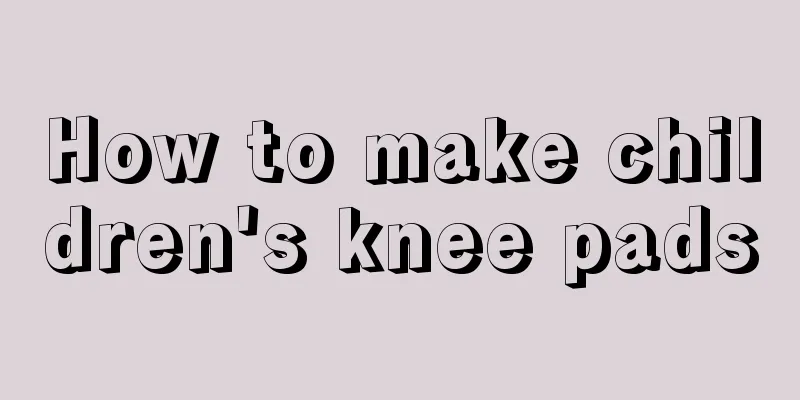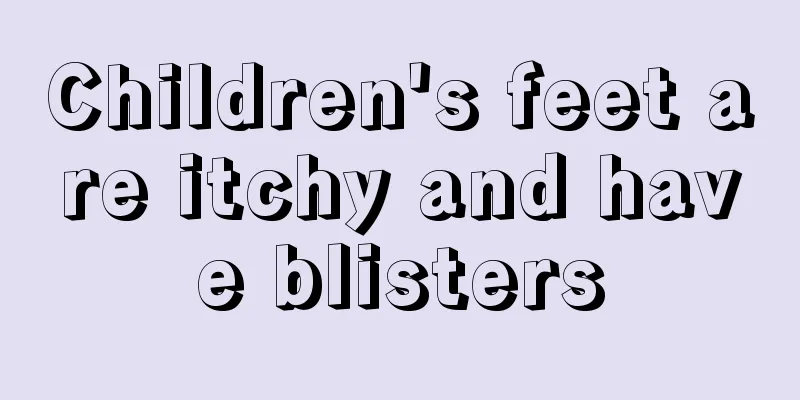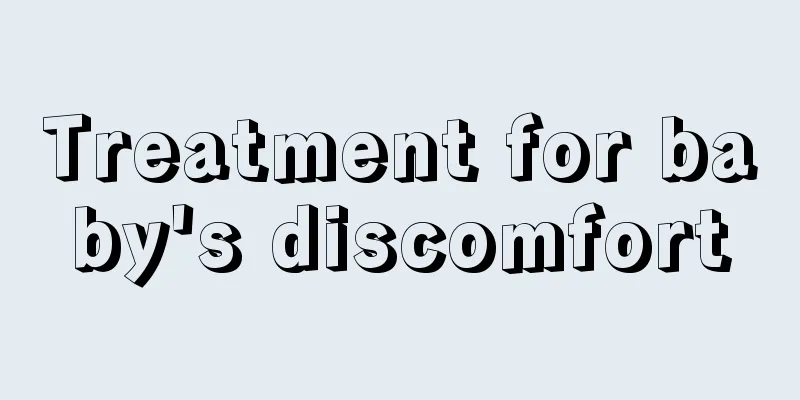What are the correct ways for children to wash their hands?
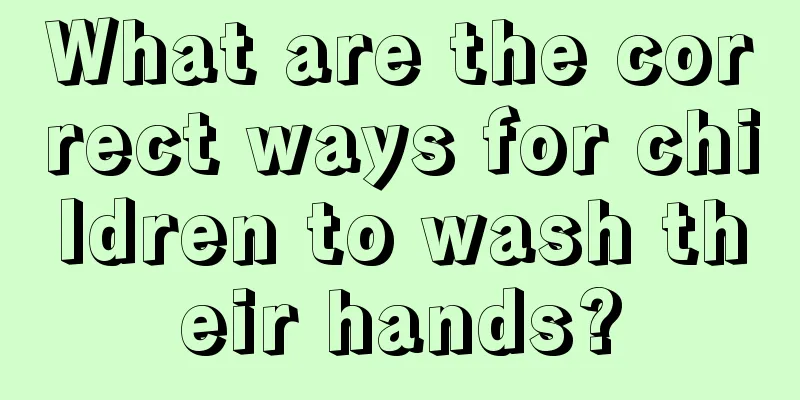
|
Many young children do not wash their hands frequently, which leads to hand, foot and mouth disease. It can be seen how important hand washing is for children. If you wash your hands frequently, you can prevent some diseases. We all know that diseases come from the mouth. If our hands are not washed clean, then when we eat something, some germs will enter our mouths, causing many diseases to form unknowingly at this time. So what are the correct ways for young children to wash their hands? The first step is to wash your palms: Wet your hands with running water, apply hand sanitizer (or soap), put your palms together, and rub your fingers together; The second step is to wash the back of the fingers: Rub the palms of your hands against the backs of your hands along the gaps between your fingers, switching hands; The third step is to wash the palm side of the finger joints: Place your palms together, cross your hands and rub your fingers together; Step 4: Wash your thumb: Hold the thumb of one hand with the other hand and rub it in a circular motion, then switch hands; Step 5: Wash the back of your fingers: Bend each finger joint, make a half fist, place the back of the fingers on the palm of the other hand, rotate and rub, and switch hands; Step 6: Wash your fingertips: Bend the joints of each finger, put the fingertips together in the palm of the other hand, rotate and rub them, and switch hands; Step 7: Wash your wrists and arms: Correct hand washing method is part of good personal hygiene habits and can effectively prevent the spread of intestinal diseases. You should wash your hands in time after contact with patients, before touching your eyes, mouth, or nose, after sneezing or gargling, after going to the toilet, before and after wearing a mask, after touching public facilities such as handrails, door handles, elevator buttons, public telephones, and after returning home from outside. The more reasonable six-step hand washing method for young children is: wet, rub, rinse, hold, shake, and wipe. 1. Wet: Wet your hands under the tap and apply soap or hand sanitizer 2. Rub: Rub the palms, backs of hands and fingers together for 20 seconds 1. Place your palms together and rub your fingers together; 2. Rub the palms of your hands against the backs of your hands along the gaps between your fingers, alternating between them; 3. With your palms facing each other, cross your hands and rub your fingers together; ㈣ Hold the thumb of one hand and rub it with the thumb of the other hand in a circular motion, and then alternate; (5) Bend the joints of each finger and rub them in the palm of the other hand in a rotating motion, then alternate; ㈥ Put your fingertips together and rub them in the palm of your other hand in a circular motion, then alternate; ㈦ Scrub your wrists and switch places. 3. Rinse: Rinse your hands with clean water 4. Hold: Use your hands to hold clean water to rinse the faucet, then turn off the faucet 5. Shake: Let the five fingers of both hands hang naturally, and shake them three times in the pool to prevent the water on your hands from dripping onto the ground. 6. Wipe: Wipe dry with a clean towel/paper towel or dry in a dryer The above methods introduce the correct steps for children to wash their hands. Many children only wash the surface when washing their hands, and they just think that it does not look dirty. This is wrong. Therefore, when our children do not know how to wash their hands, parents must provide good guidance. If there is anything they do not understand, they can explain it to the children in time. Many diseases in life are caused by lack of hygiene, so caring for hygiene is a self-protection measure that we cannot do without. |
<<: Why does the baby cough after feeding?
>>: Prevention of emphysema in children
Recommend
What medicine should I take for postnasal drip in children?
We all know that children's resistance is wea...
Can a one-year-old baby be bathed with floral water?
Floral water is used to prevent mosquito bites or...
Why does my baby’s hair sweat while sleeping?
Sweating is a physiological manifestation and a s...
Side effects of precocious puberty treatment
With the improvement of people's living stand...
Precautions for adding complementary food to four-month-old babies
As babies grow up day by day, many mothers will w...
What should we do if children have frequent premature ventricular beats?
Premature beats do not have any major symptoms, b...
What should I do if my child chokes?
People often choke when eating. If an adult choke...
The three-year-old sweats a lot
The problem of children sweating is a problem tha...
What's wrong with a child's low white blood cell count? Fever caused by viral infection is the most common
Recently, many children have had recurring fevers...
Symptoms of allergic eczema in babies
What are the symptoms of allergic eczema in babie...
What causes bad breath and dry stool in a six-year-old child?
Bad breath in a six-year-old child may affect the...
What to do if a baby scratches his face?
Babies like to grab things during their growth pe...
How old can babies swim?
Newborn swimming is a popular lifestyle nowadays....
Six month old baby loves to stick out tongue
After ten months of pregnancy, the most important...
How to prevent hiccups in newborns?
Generally speaking, since the digestive system of...
